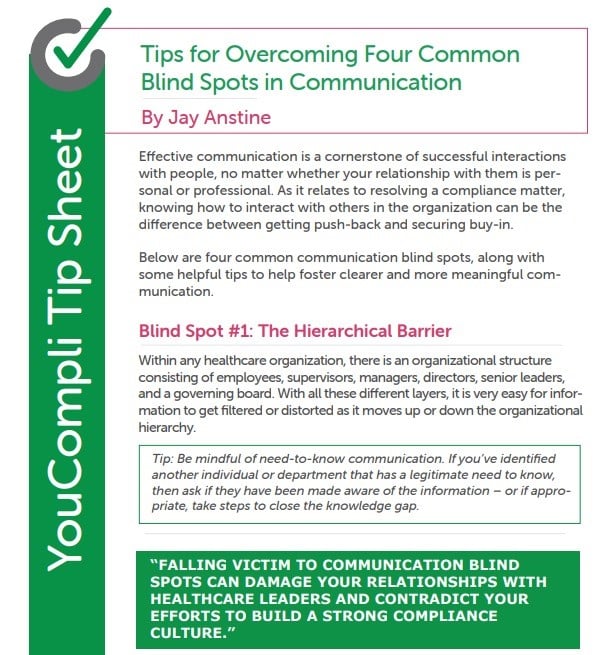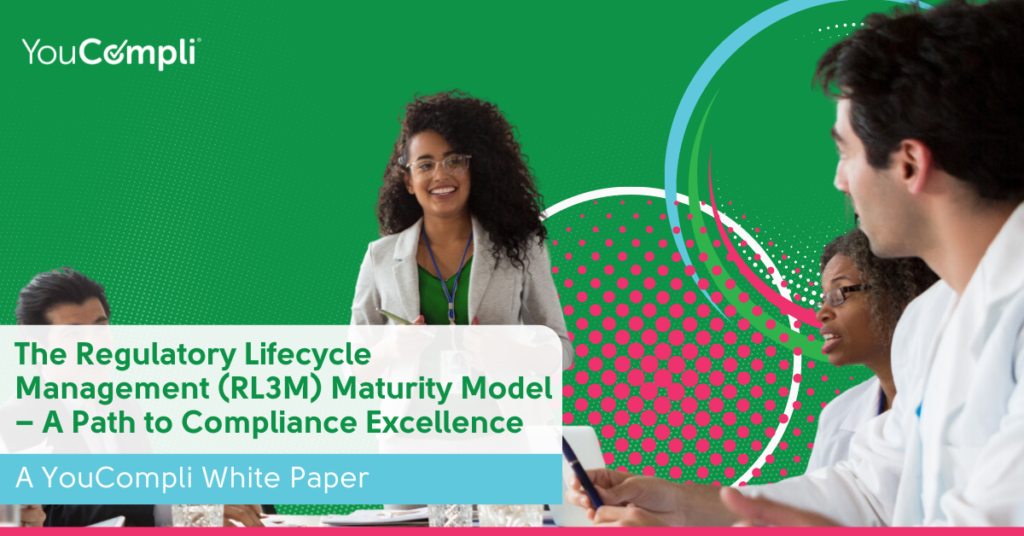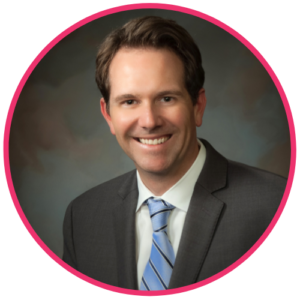
Effective communication is a cornerstone of successful interactions with people, no matter whether your relationship with them is personal or professional. As it relates to resolving a compliance matter, knowing how to interact with others in the organization can be the difference between getting push-back and securing buy-in.
Below are four common communication blind spots, along with some helpful tips to help foster clearer and more meaningful communication.
Blind Spot #1: The Hierarchical Barrier
Within any healthcare organization, there is an organizational structure consisting of employees, supervisors, managers, directors, senior leaders, and a governing board. With all these different layers, it is very easy for information to get filtered or distorted as it moves up or down the organizational hierarchy.
Tip: Be mindful of need-to-know communication. If you’ve identified another individual or department that has a legitimate need to know, then ask if they have been made aware of the information – or if appropriate, take steps to close the knowledge gap.
Blind Spot #2: The Assumption Trap
“The Assumption Trap” occurs when one assumes that others in the organization share the same knowledge or perspective as the communicator. The risk here is that if the audience does not share the same knowledge or perspective, it leads to misunderstandings and/or conflict.
Tip: Challenge your assumptions and the assumptions of others.
Blind Spot #3: The Siloed Communication
This happens when departments or individuals fail to appropriately communicate with others, thus operating in isolation like a silo. This often leads to a lack of coordination and shared understanding about a particular matter. As a result, projects suffer from misalignment and healthcare leaders get surprised by unexpected information.
Tip: Promote collaboration and open communication. During meetings and calls, identify all interested parties that need to know the communication’s content. Additionally, verify with a communicator that an individual with a legitimate need to know is made aware of the content of a communication.
Blind Spot #4: The Unclear Expectation
A lack of clarity can often cause others to not understand their roles, which leads to confusion or inefficient productivity. This can be especially true when the communication comes from the compliance department, and it relates to getting others to follow a regulation or internal policy.
Tip: Before you communicate with a healthcare leader about a compliance expectation, make sure you can answer this question from their perspective: “What do you need from me?”
Falling victim to communication blind spots can damage your relationships with healthcare leaders and contradict your efforts to build a strong compliance culture. Because of this, it is important to be mindful of them and address them whenever possible.
Jay is a compliance professional and consultant in Colorado. Jay is a healthcare lawyer with significant industry knowledge of the U.S. healthcare market. Over the past 20 years, he has worked for large for-profit and non-profit health systems and small physician-owned entities. In tackling the countless regulatory and operational issues for these diverse organization types, he has developed a deep understanding of the business of healthcare and the regulations governing the industry. In 2018, Jay became an adjunct faculty member with the University of Southern California, Gould School of Law, designing and teaching healthcare compliance courses.
Jay obtained his law degree from the University of South Dakota, where he focused on healthcare law. From 2012-2016, he served on the Board of a non-profit organization serving the medically underserved in Colorado (ClinicNET). He is also a member of the Health Care Compliance Association (HCCA), serving on the planning committee for the Mountain Regional Conference since 2008. He is writing a series of articles on compliance culture for the YouCompli blog. This post looks at building trust among your colleagues. This post looks at measuring your organization’s culture of compliance.
Download a Copy of Jay’s “Tips for Overcoming Four Common Blind Spots in Communication” Below

Take Free RL3M Assessment (Regulatory Lifecycle Management Maturity Model)
Download our Latest Whitepaper

27 Ungated Resources for Compliance Leaders and Teams
Compliance professionals sometimes feel undervalued in comparison to other functions in their organization. They think leaders and colleagues don’t really understand what they do.
These resources will help. Packed with ideas, tips and recommendations, these pieces were written by professionals with many years of compliance experience.
You can quickly skim for articles that relate to your needs and interests. Bookmark this page as a reference for future questions or projects.

- One Compliance Pro’s Regulatory Change Management Process
- Five ways to show how healthcare Compliance delivers value
- 12 key metrics for compliance officers looking to…
- Revenue Cycle Management Compliance: Ensuring…
- Transforming Compliance to a Department of Yes
- Three Strategies to Align Compliance with Revenue Cycle
- Navigating Compliance Responsibility: A Foundation…
- How the Three Lines Model Strengthens Healthcare Compliance
- Elevate Healthcare Quality Training: Focus, Not Filler
- Mitigating Conflicts of Interest that Drive Profit…



